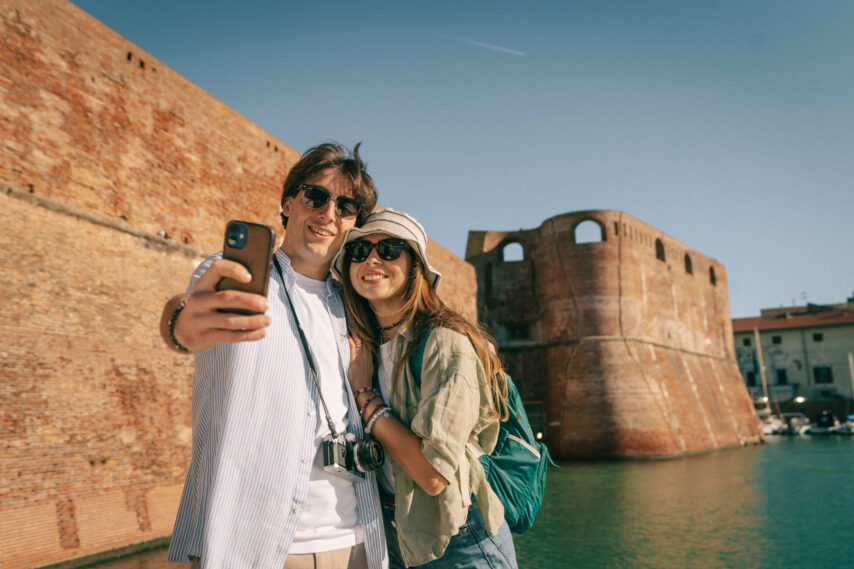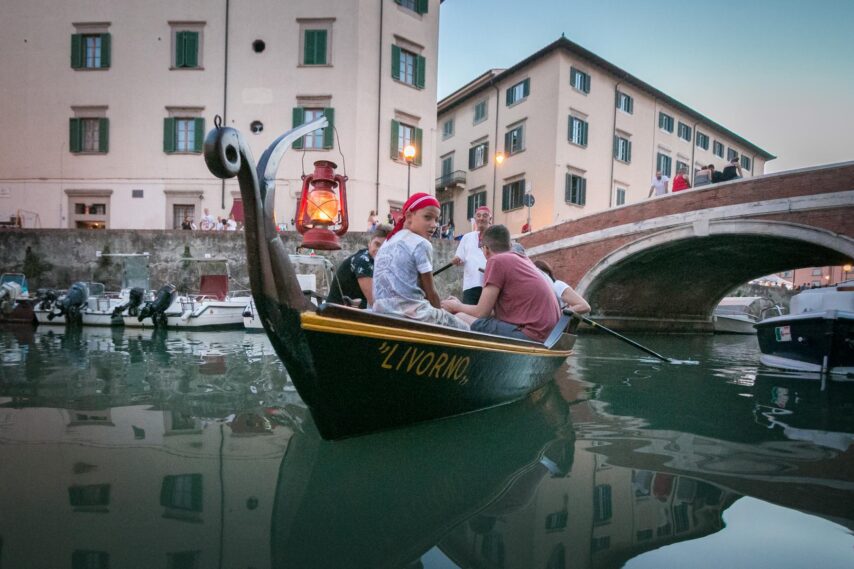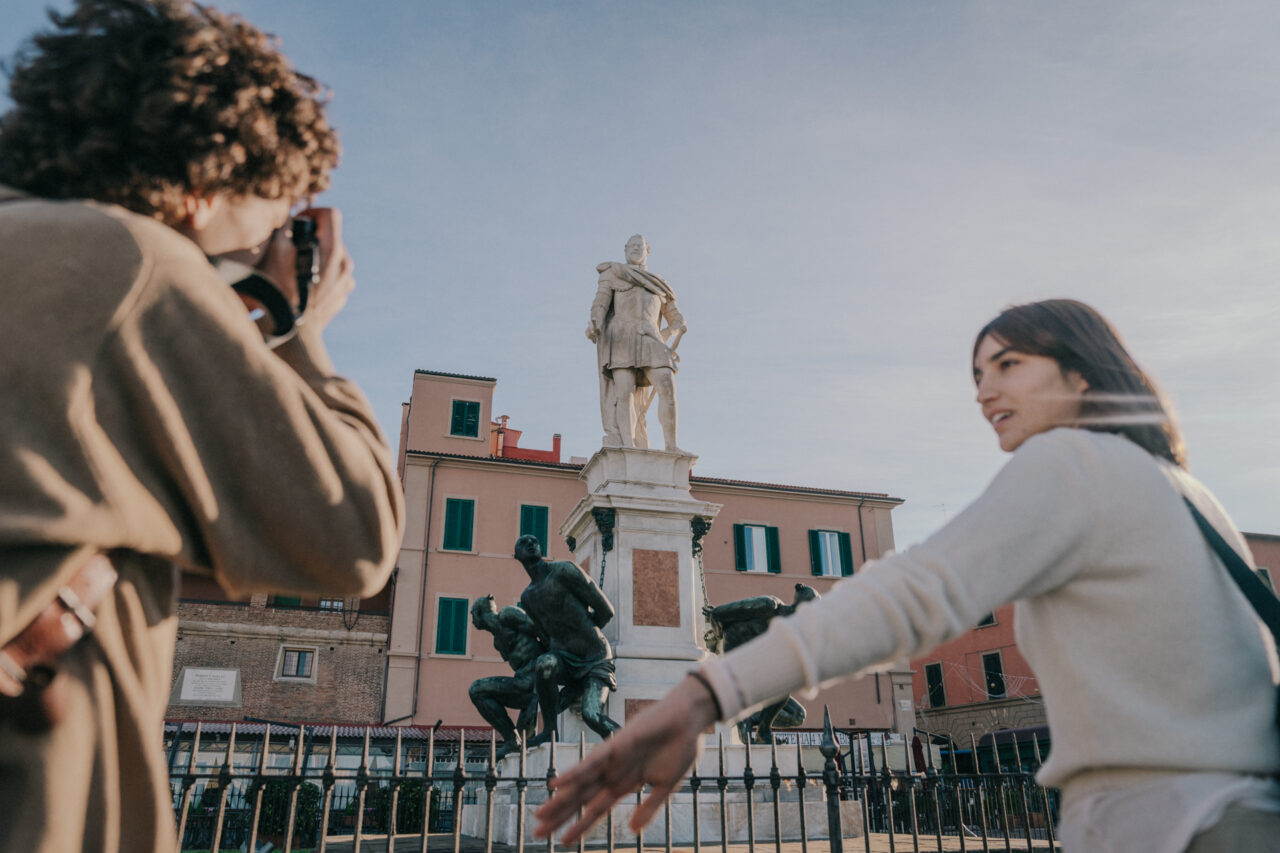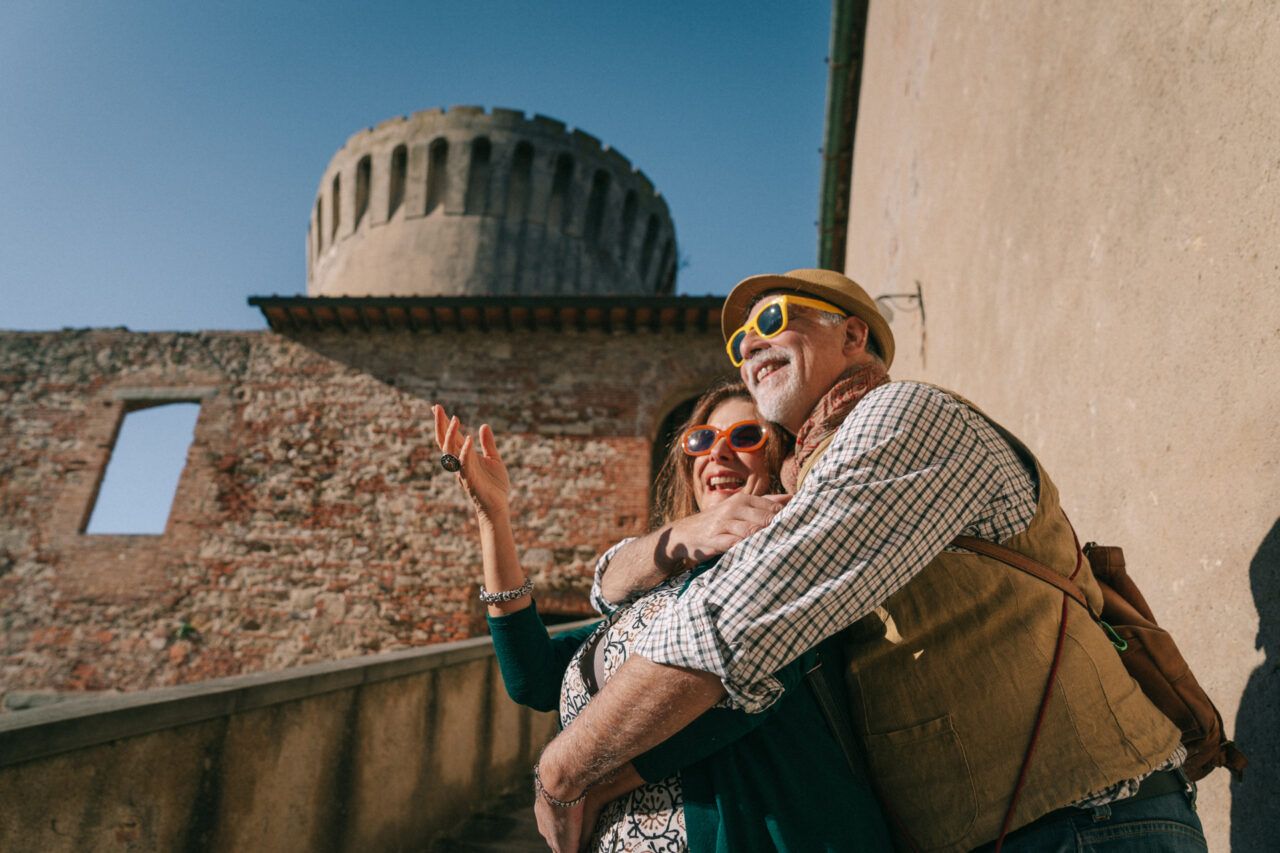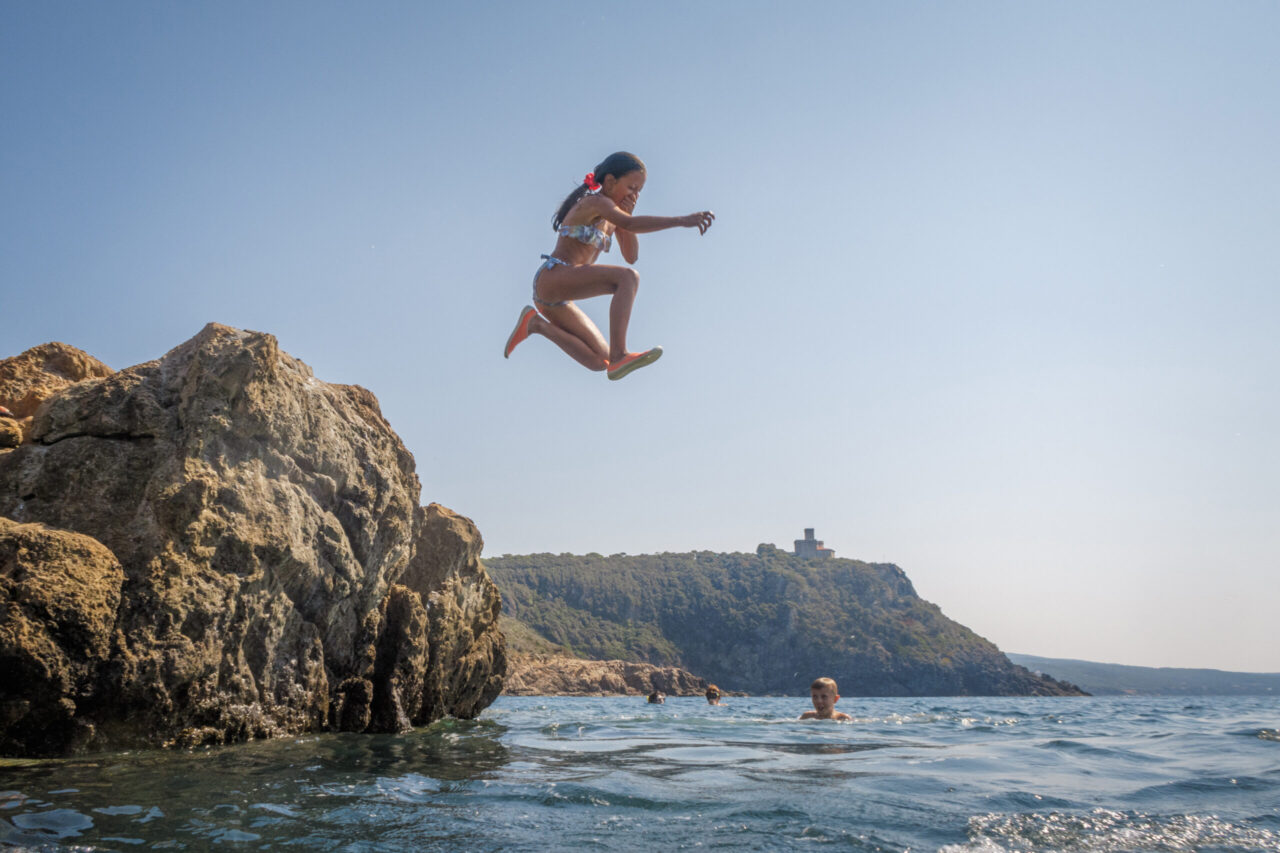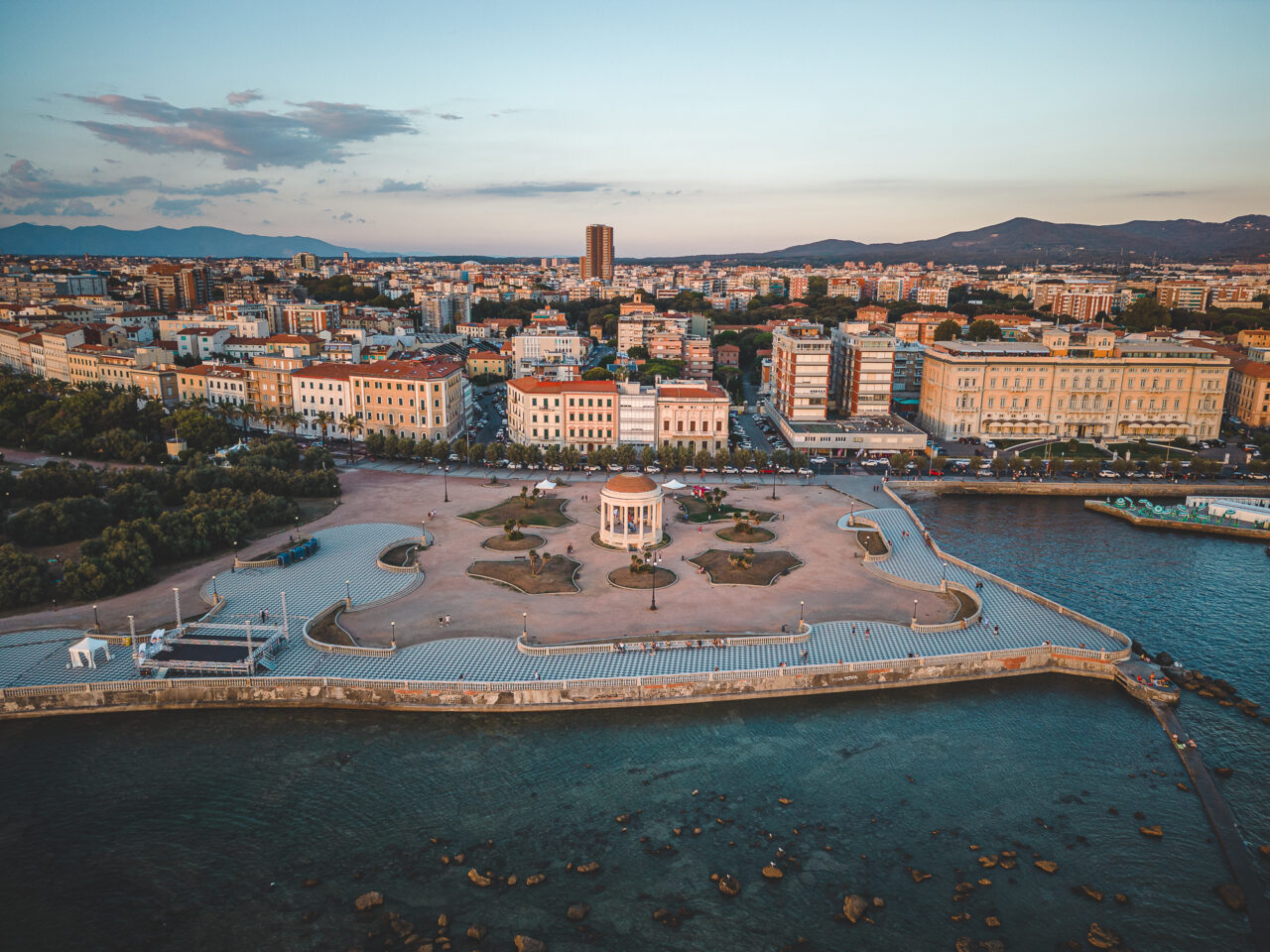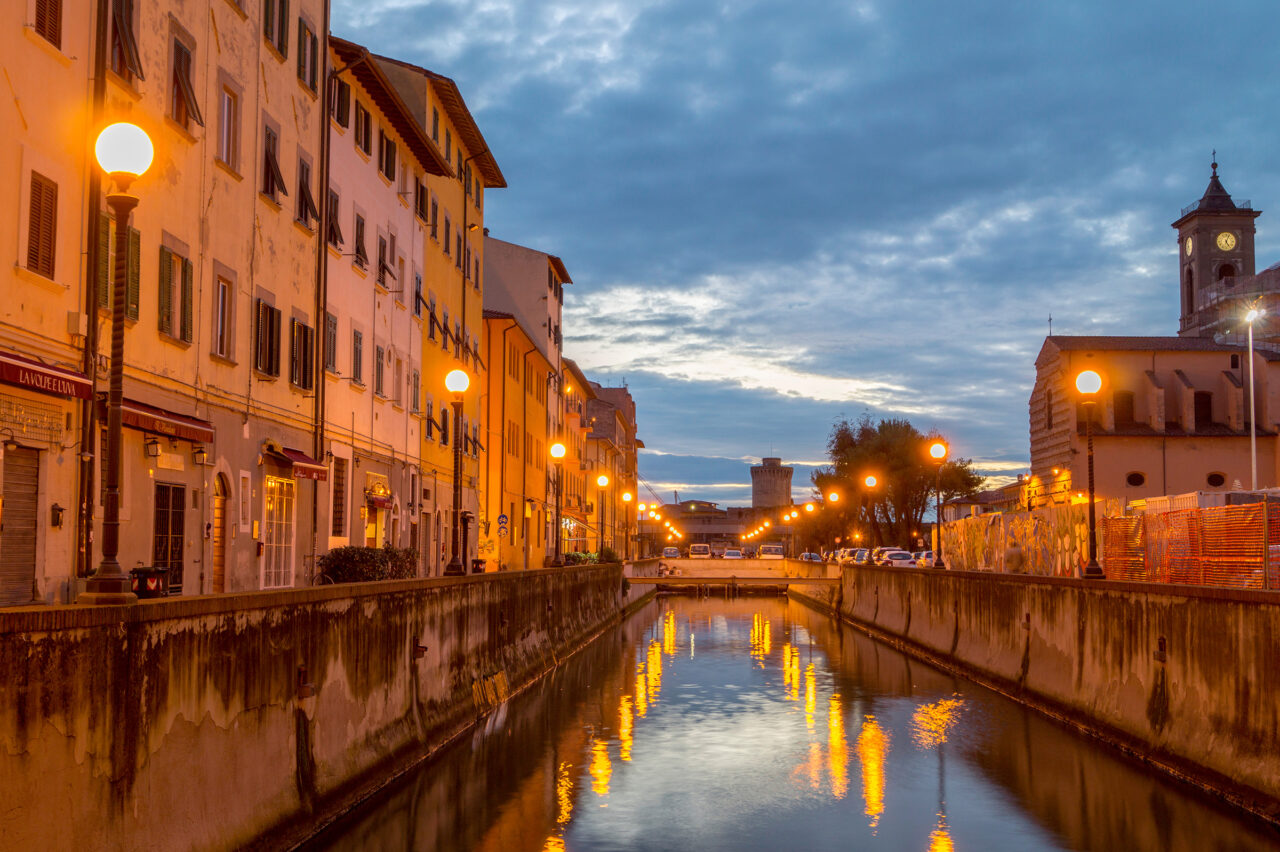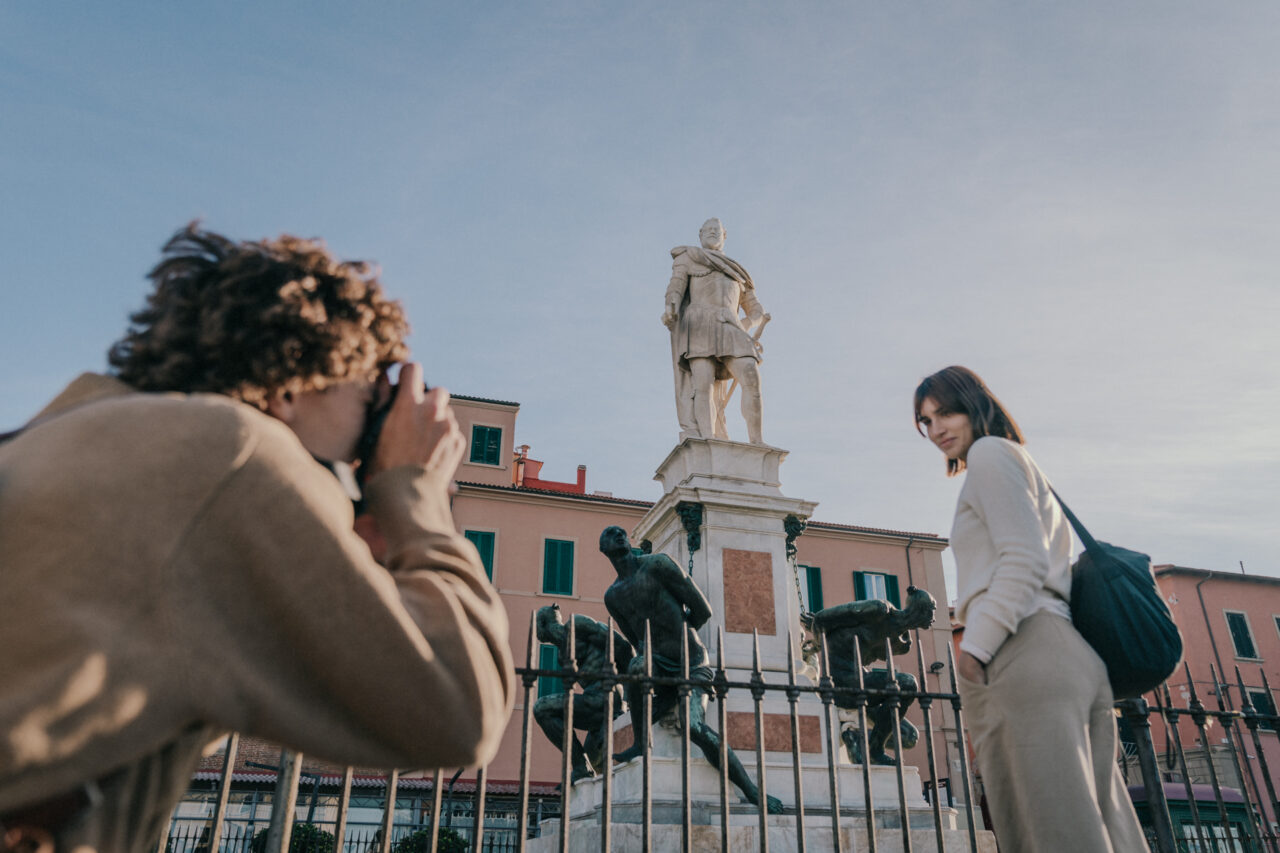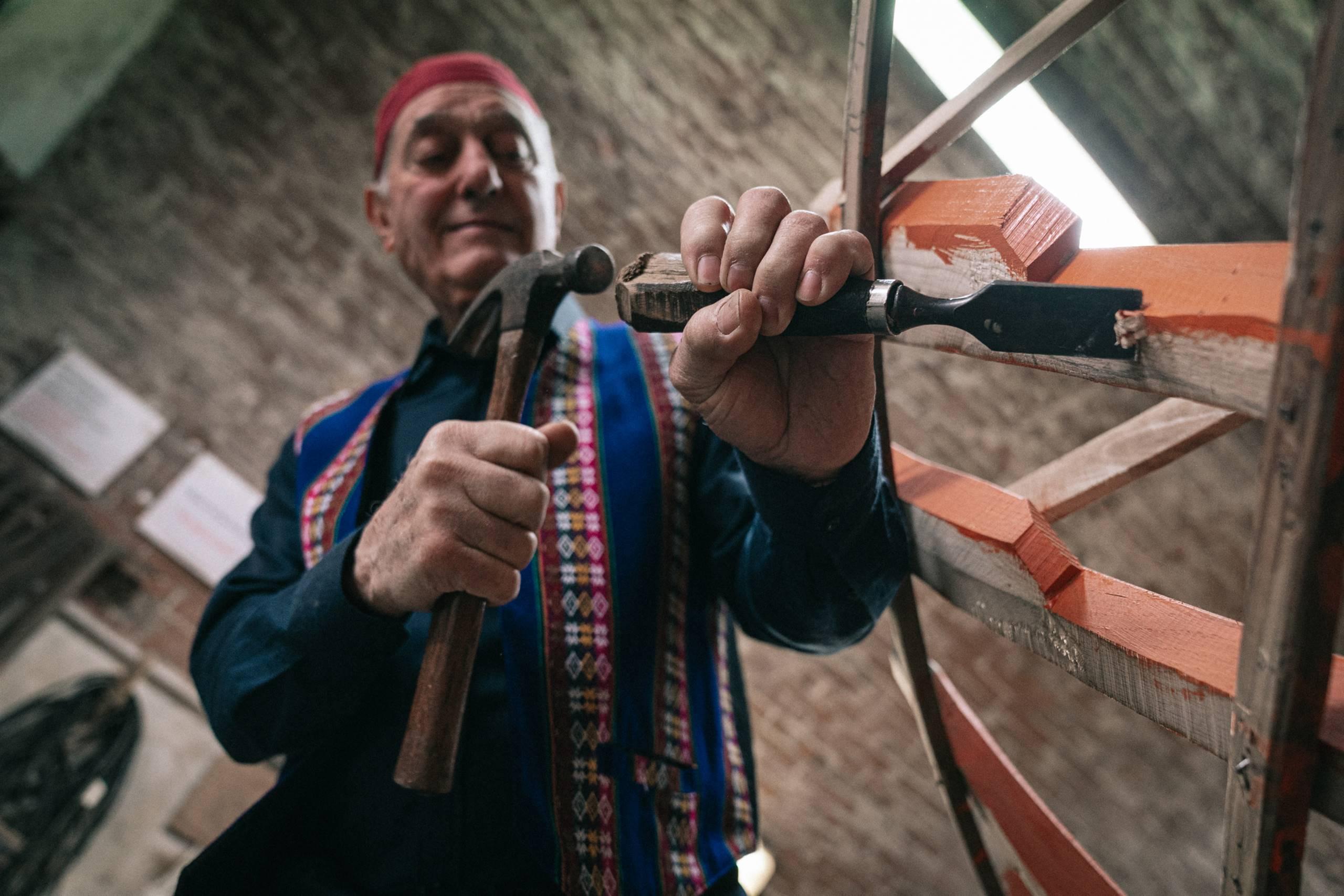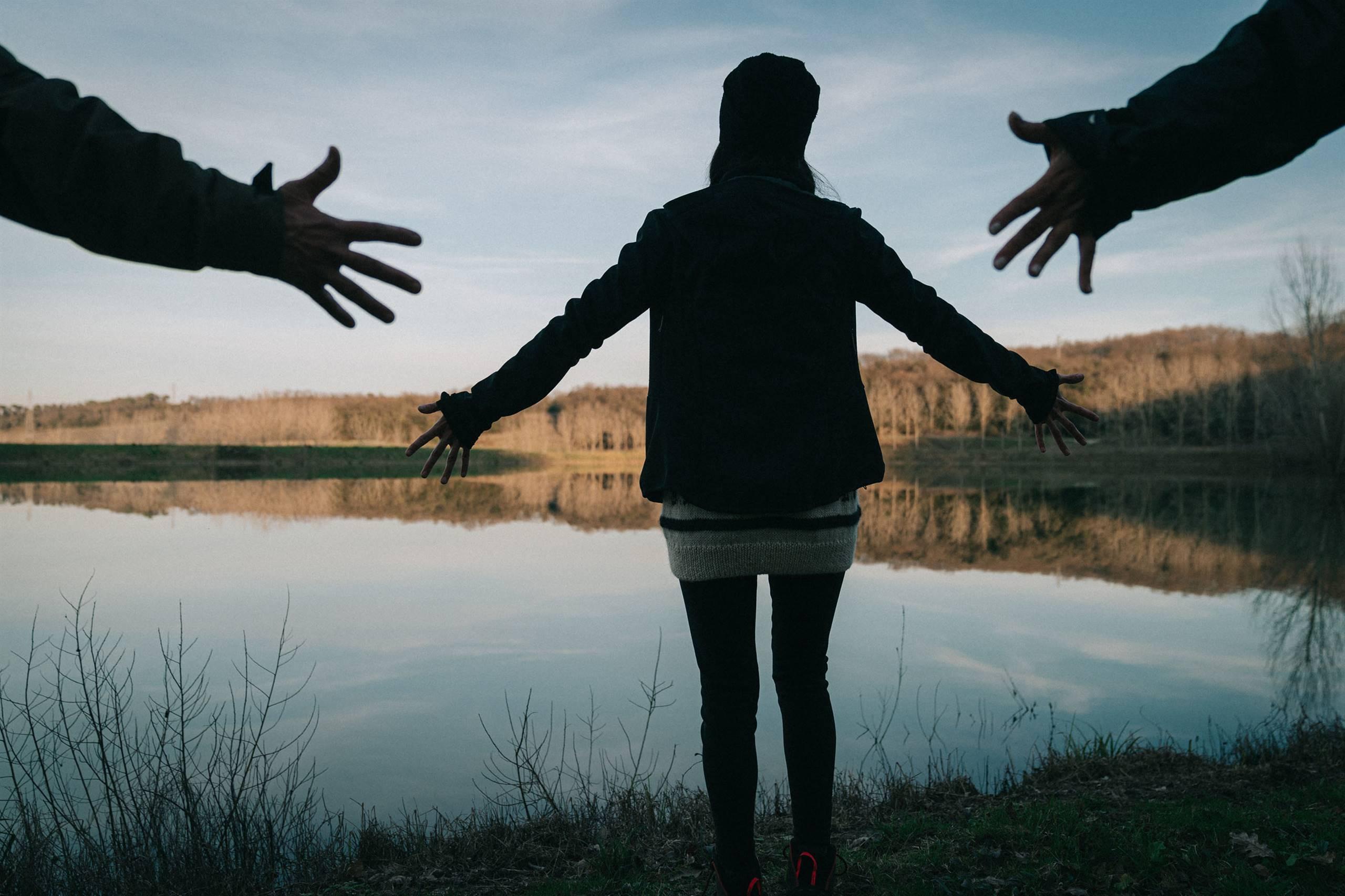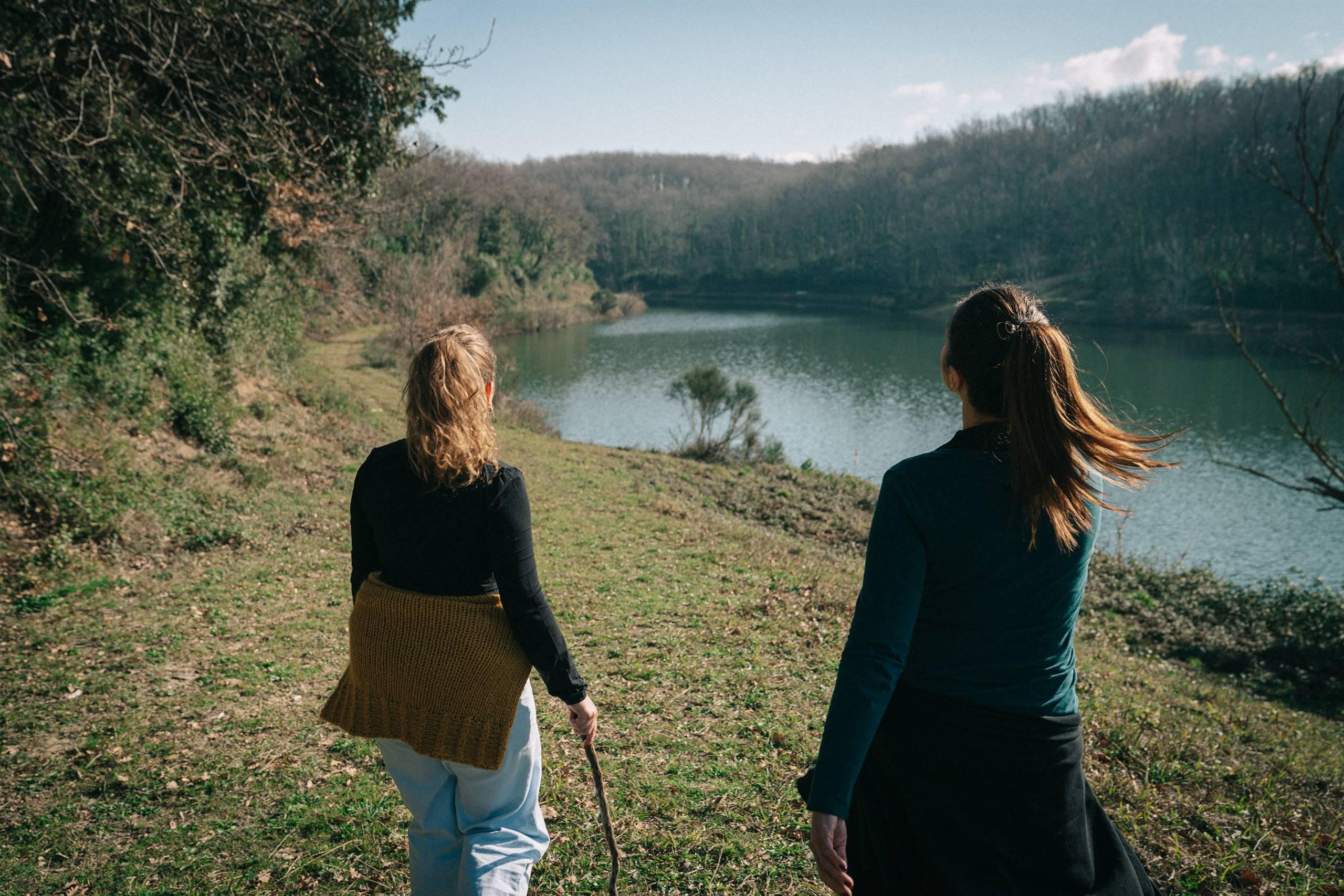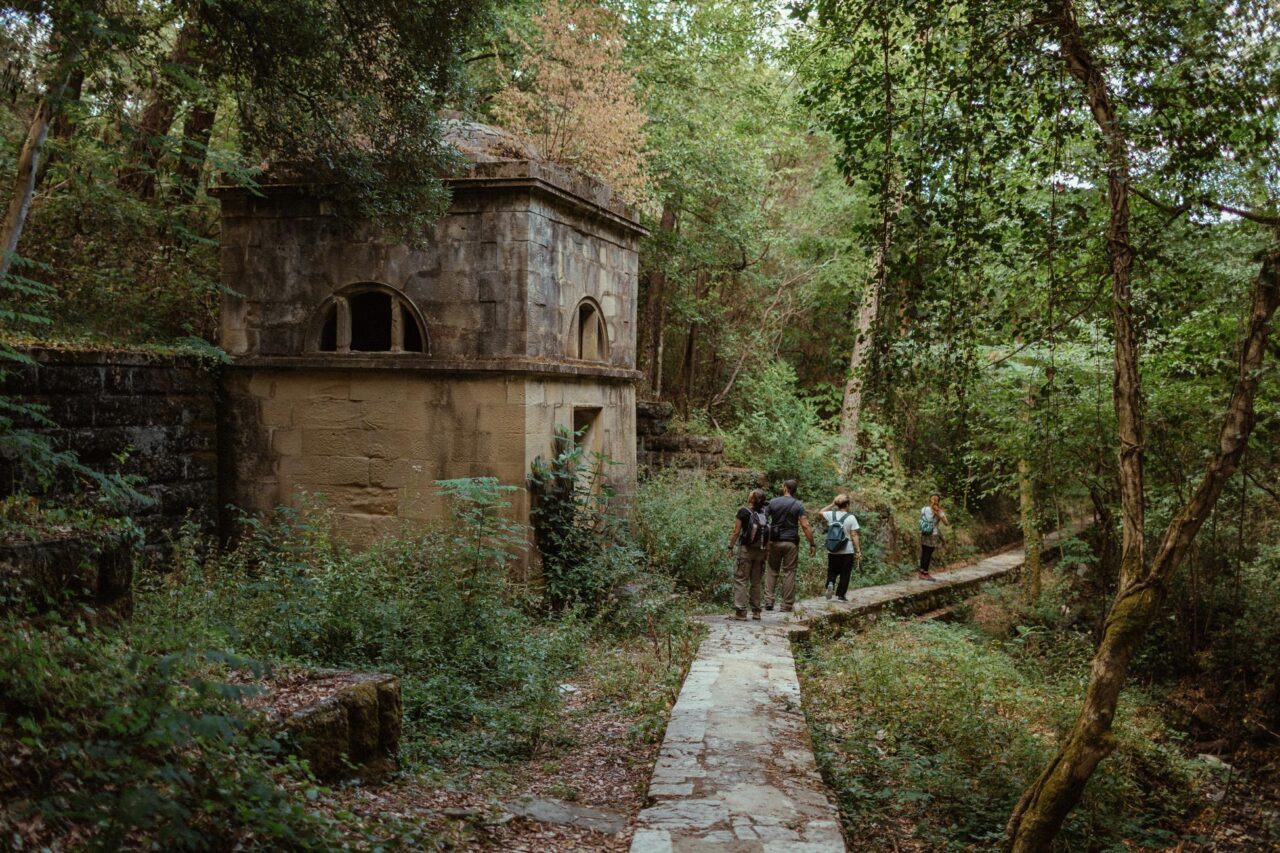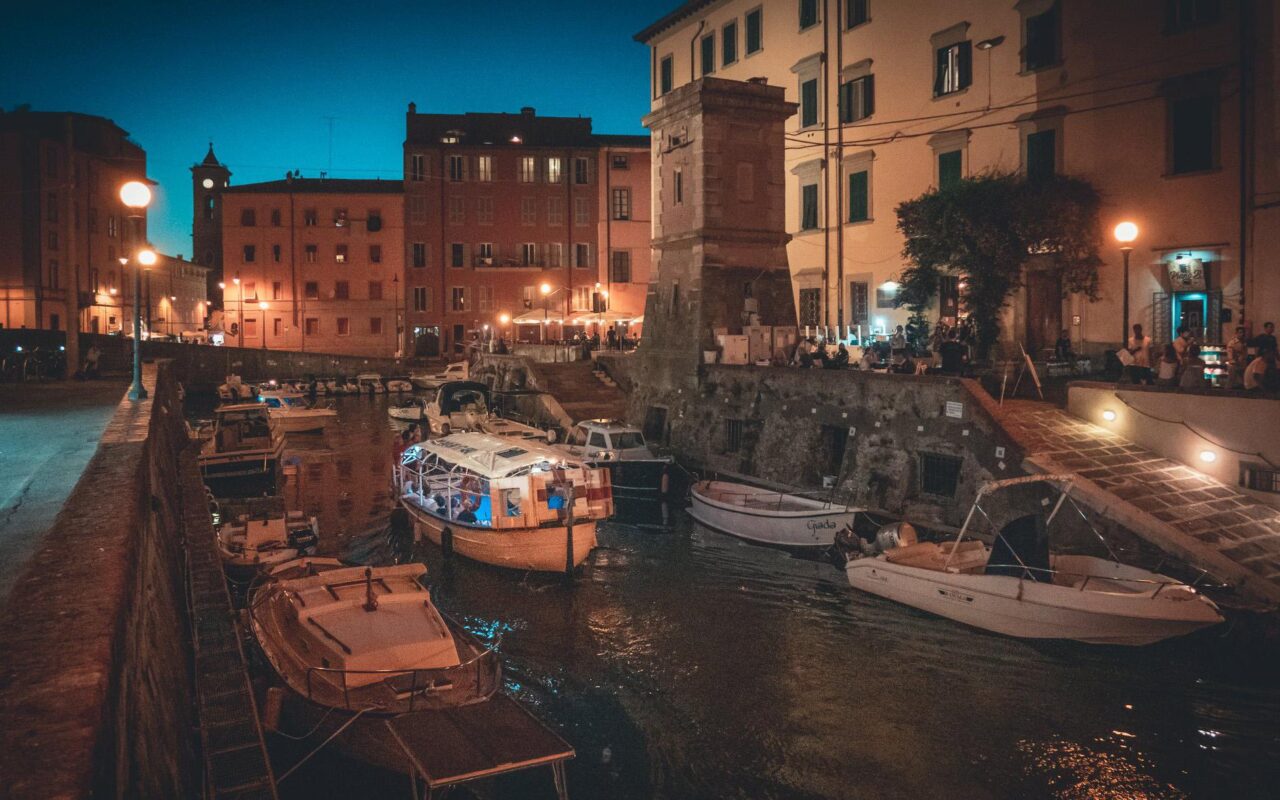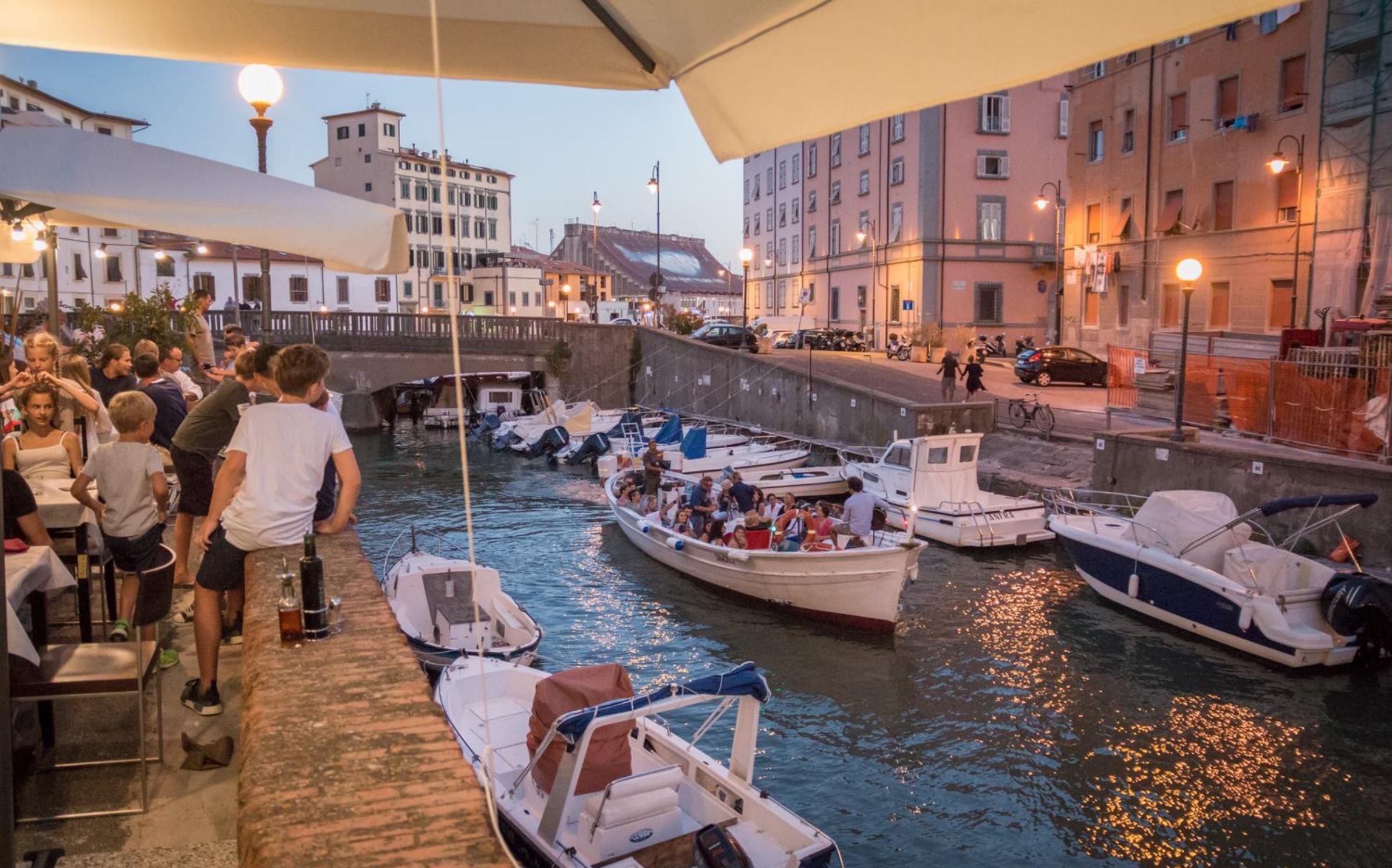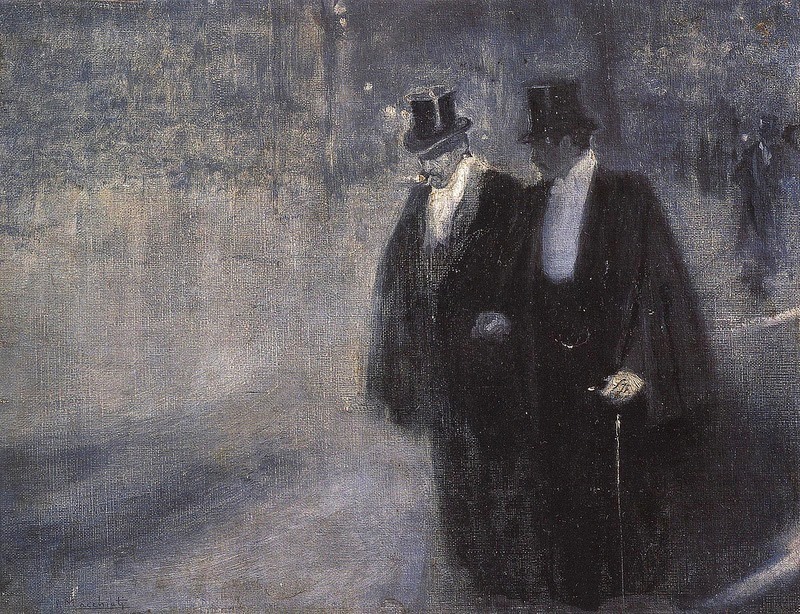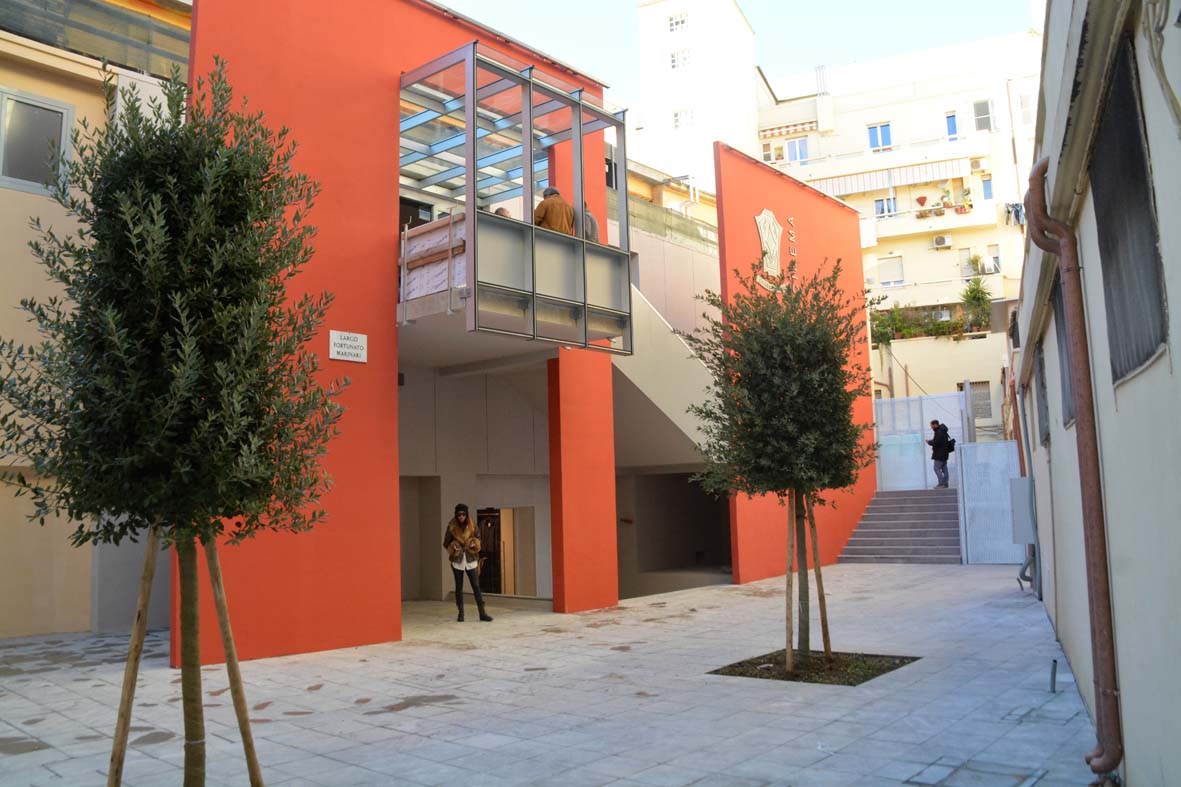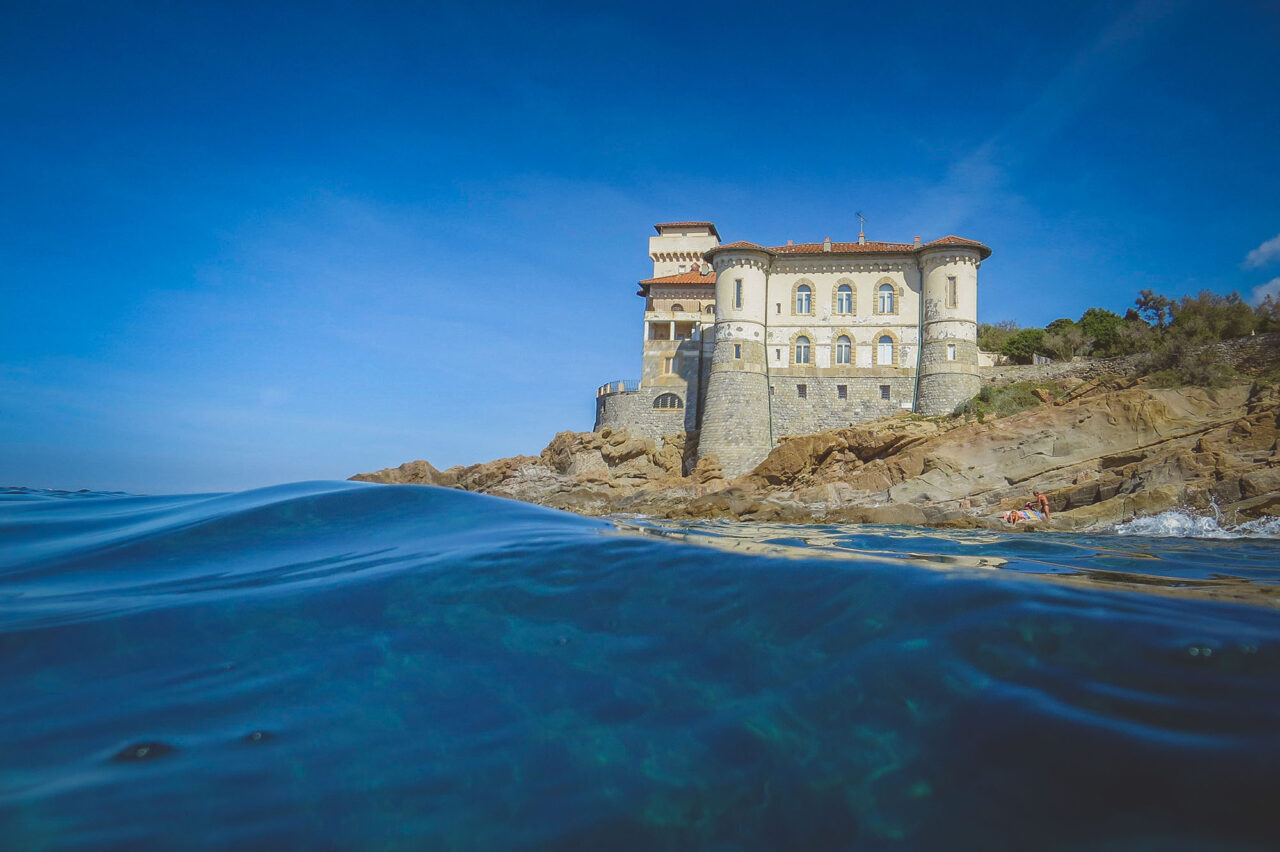


La Torta di Ceci e il 5e5
L'abbinamento più gustoso e genuino dello street food livornese

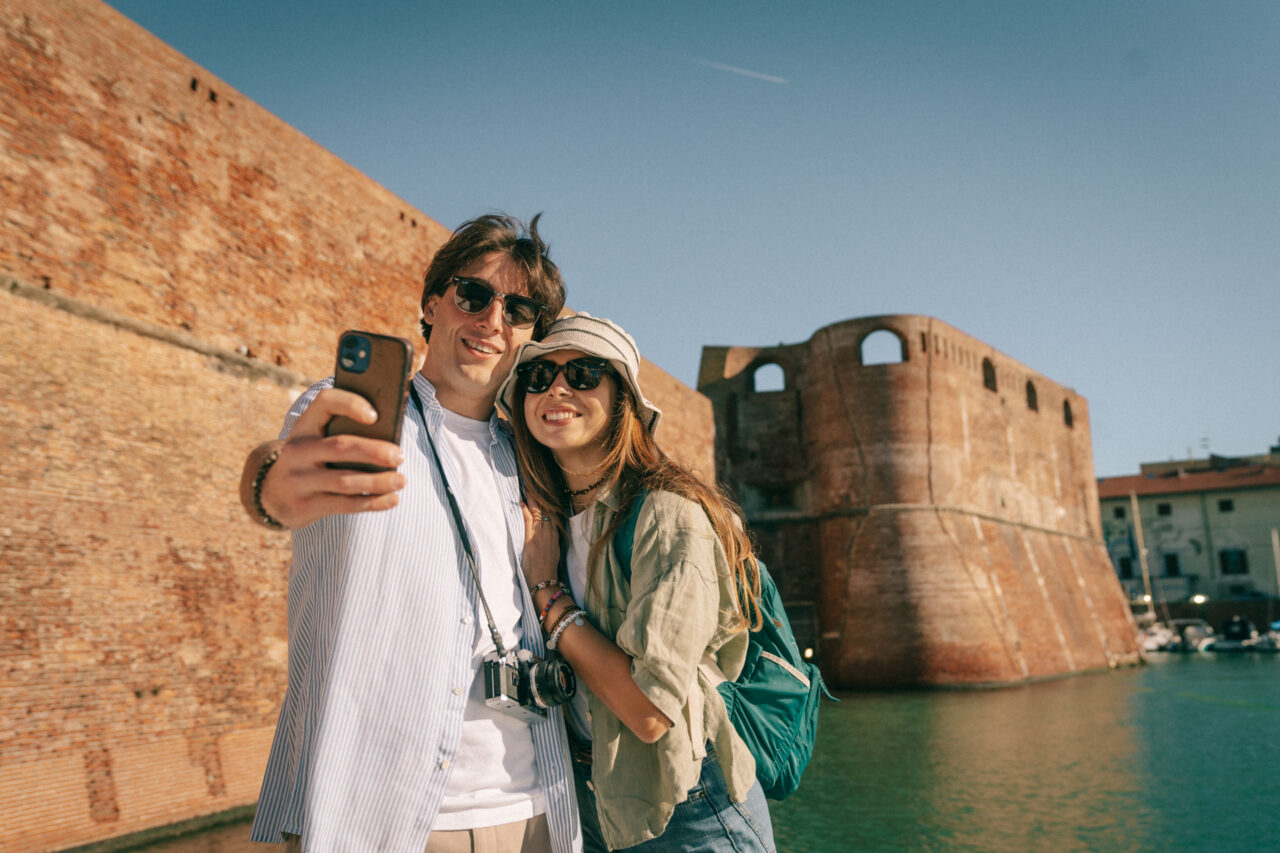
-
Trova l'esperienza ideale
Con chi, quando, cosa vuoi fare...
Lasciati ispirare
Storia, arte, folklore Livornese tutto da scoprire e vivere tra le esperienze, i luoghi, le ricette, i racconti e i personaggi di cui è ricca la città.
Livorno città unica
Scopri la cultura e i tesori della città più amabile, atipica e autentica della Toscana
Livorno blue & green
Wellbeing e relax, tra mare e natura. Una delle più belle scogliere italiane coronate di verdi colline
Esperienze
Scopri tutte le esperienze offerte dagli operatori turistici locali e arricchisci il tuo soggiorno a Livorno

I grandi eventi livornesi
Se pianificate una visita a Livorno, tenete d’occhio il calendario degli eventi: dallo sport alla musica contemporanea, dal teatro alla musica classica, potreste avere la fortuna di assistere a uno dei tanti appuntamenti offerti durante l’anno.
Scopri di piùProssimi eventi
Una piattaforma dedicata e personalizzabile in base ai tuoi interessi, dove puoi trovare
mostre, spettacoli, concerti, festival e altro ancora.
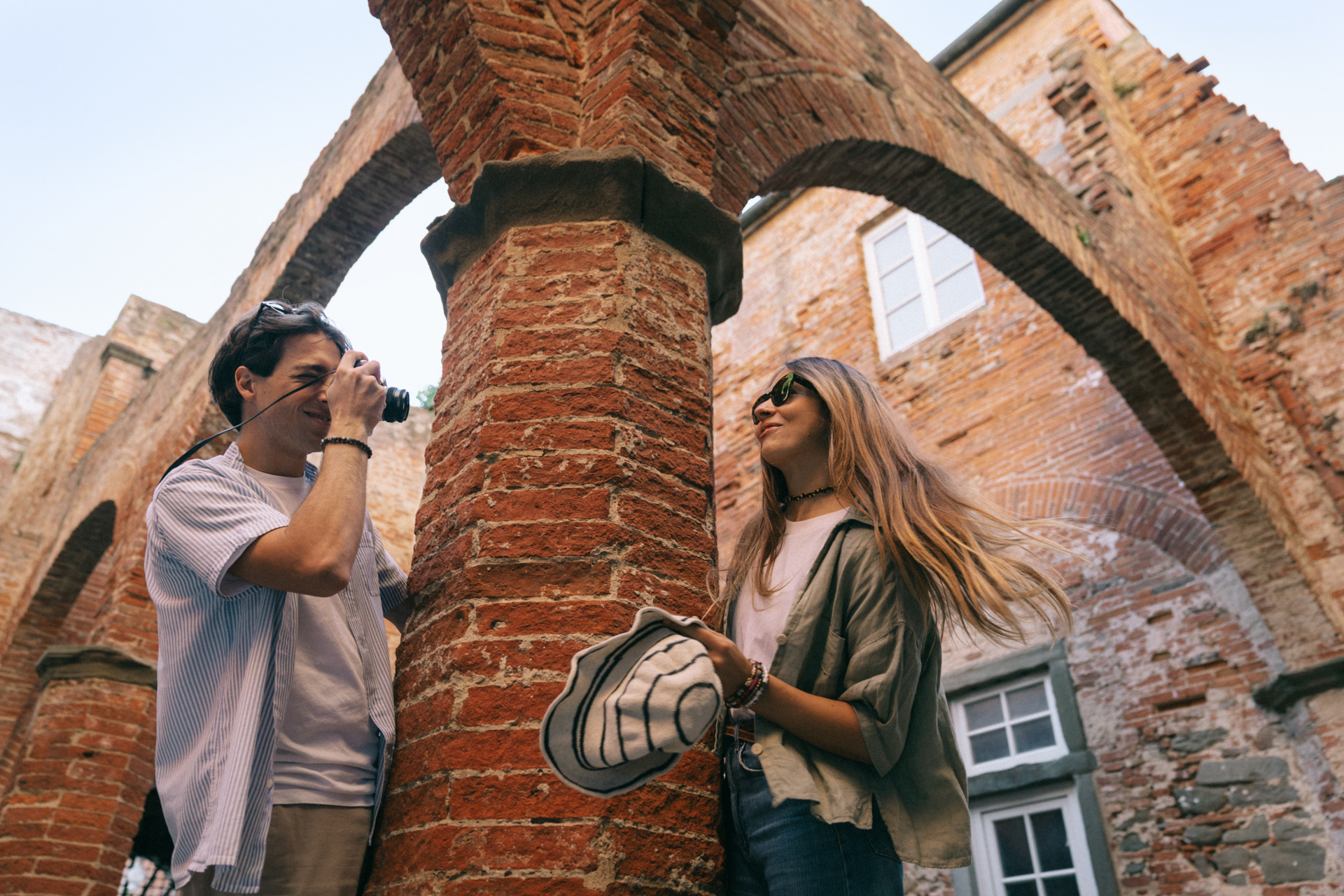
La Toscana che non ti aspetti
Scopri tutte le particolarità che rendono Livorno così unica e sorprendente.
Scopri di piùInfo turistiche
Uffici, contatti e informazioni turistiche per organizzare la tua visita.
Trova luoghi e interessi adatti a te
Cosa desideri fare:
Altre caratteristiche:
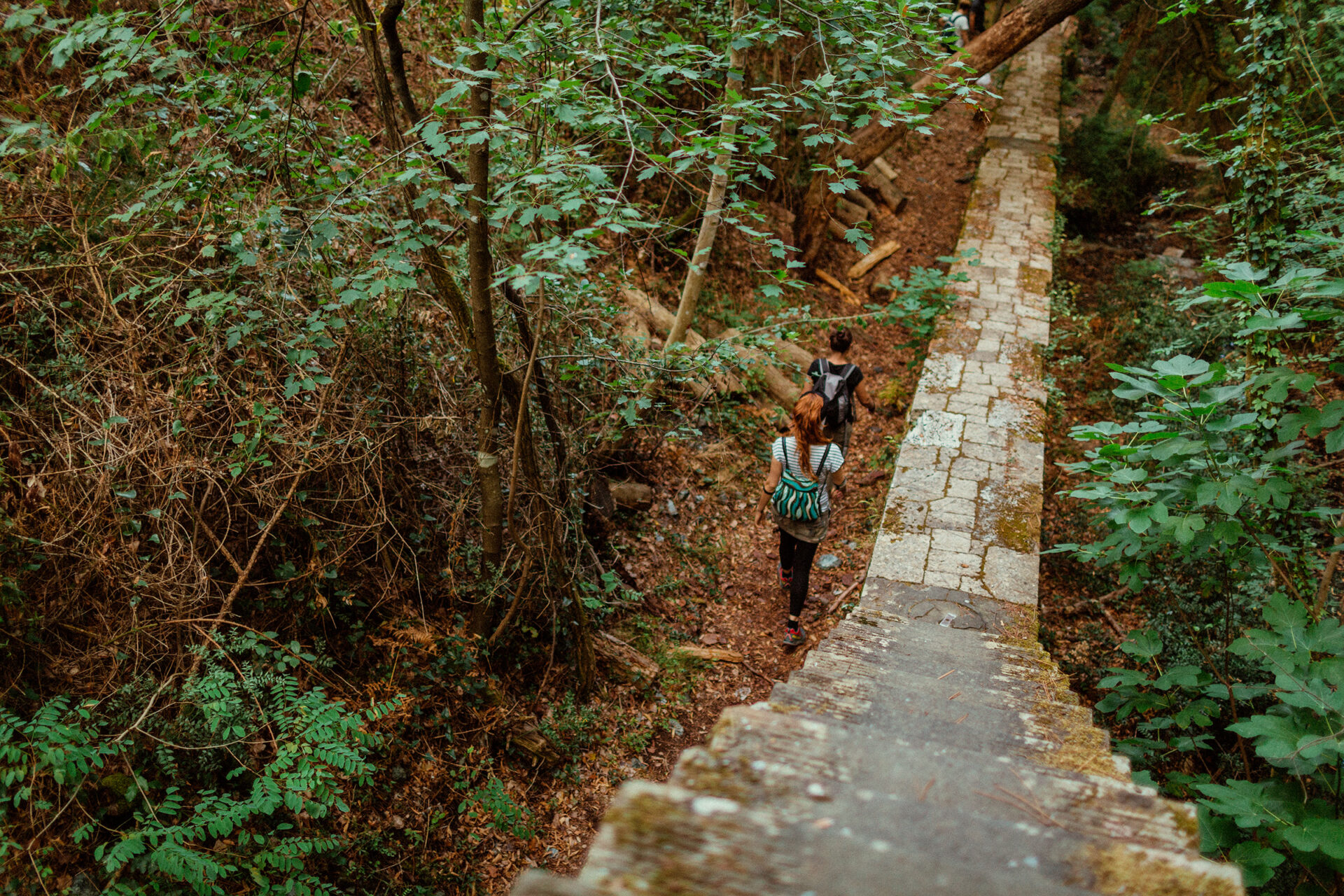
Iscriviti alla newsletter
per rimanere sempre aggiornato
Non perderti nessuna novità sugli eventi a Livorno e dintorni.
